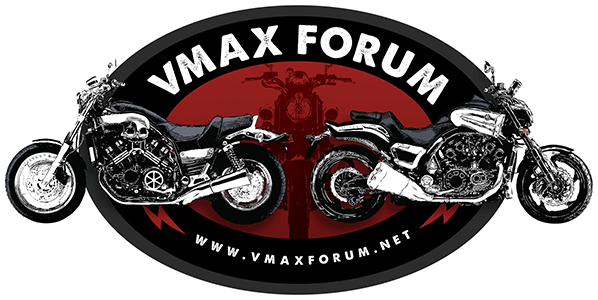So all this time I have been believing a lie!! Doh!!
That myth originated way back around the turn of the (last) century when lead acid batteries had rubber cases that would in time slowly allow the acid to seep through, and lose charge if the moisture found an electrical path to ground. It's one of those myths that at one point was true but is now long outdated, same boat as the "put car in neutral going down hills" to save fuel. It's true for carbureted motors, but not for anything with EFI post-1980. Nissan thought that up in the late 70's with the Z260 I believe, it shuts the injectors off when the vehicle's speed keeps the engine turning above the set idle, so you are using no fuel at all. But these sort of things keep getting passed around in man caves and never seem to die off.
With thick oil in cold weather you'll get some clatter in the period it takes oil to get up to the heads. Not a big concern, unless you hear the "dry" noise during extended idling or at every startup. Don't use automotive oil additives in wet-clutch engines, most contain special friction modifiers that will shorten your clutch life. Stuff like slick50 is a no-no.
-Check wheel bearings/swingarm for play. Any noticeable wiggle is too much.
-Change engine oil if mileage dictates.
-Change pumpkin oil. Yamaha says every 15k, I just do it at the start of each season since you get about 6 changes from a $8 bottle of gear lube and it takes about 5 minutes start to finish.
-Sync carbs
-Remove brake pads, inspect, replace if needed. Don't try and peek in there with a flashlight, actually remove the pads to check for damage or irregular wear.
-Inspect calipers and lines for any "wetness" around fittings or pistons.
-Check brake/clutch MC fluid level, top up as needed.
-Check tire pressure. 32 front/36 rear.
-Check coolant level, top up if needed.
-Check major battery connections and grounds for corrosion, clean if needed.


































![Bovemanx Motorcycle Phone Mount Holder, [150mph Wind Anti-Shake][7.2inch Big Phone Friendly] Bike Phone Holder, Motorcycle Handlebar Cell Phone Clamp, Compatible with iPhone 16 Pro Max Smartphones](https://m.media-amazon.com/images/I/51F+1sontPL._SL500_.jpg)